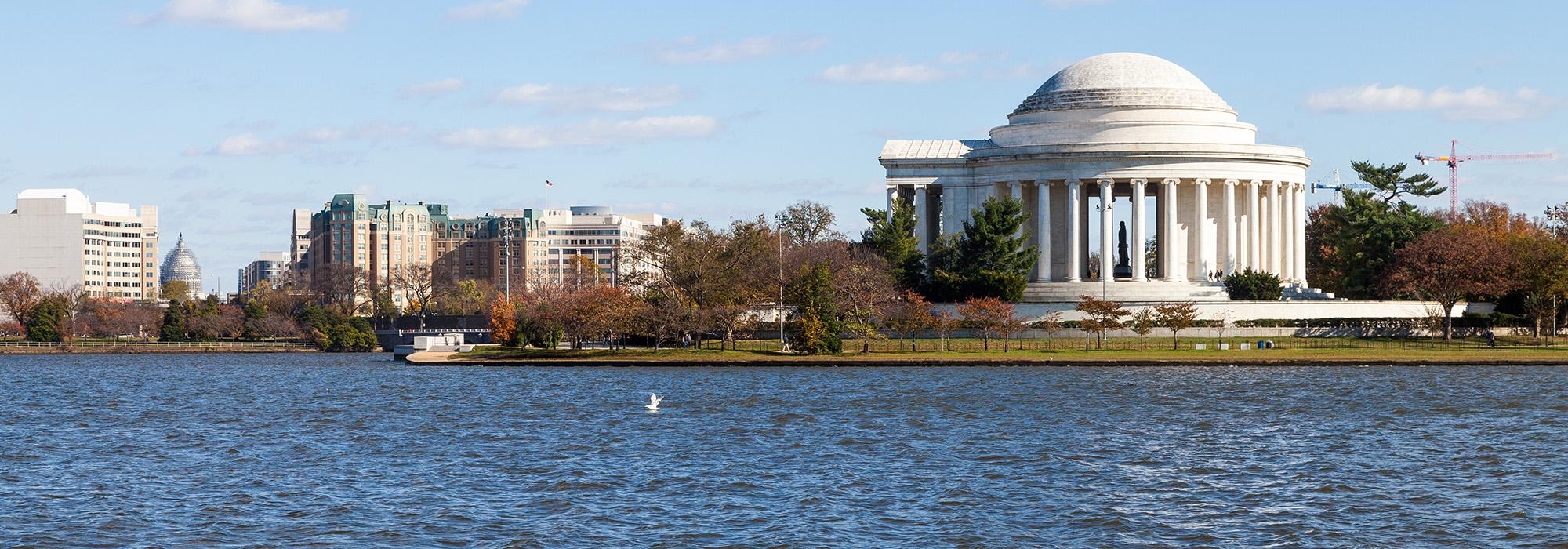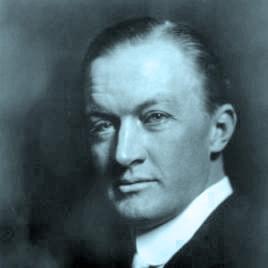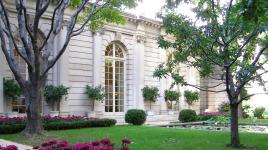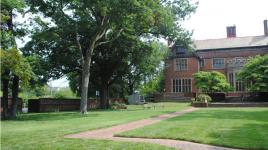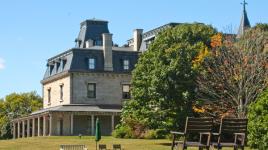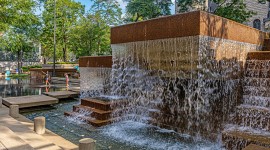Pioneer Information
Born in New York City, Pope began studying medicine at the City College of New York in 1888. After three years he left to study architecture under William Ware at Columbia University, earning a Bachelor of Philosophy in Architecture in 1894. The following year, Pope attended the American Academy in Rome, leaving after eighteen months to study at the École des Beaux-Arts in Paris. When he returned to New York in 1900, he went to work for architect Bruce Price. Upon Price’s death in 1903, Pope established his own practice in New York City. He was commissioned in 1910 to design the Temple of the Scottish Rite, his first major project in Washington, D.C. In 1915 Pope collaborated with Olmsted Brothers on Chateau-sur-Mer in Newport, Rhode Island. Over the next few years, he worked with architect Otto Eggers on Richmond, Virginia’s Branch House, where Pope designed a modest garden. In 1932 he was selected to transform Henry Clay Frick’s New York City mansion into a public art gallery. Pope enlarged the building and enclosed an exterior courtyard under glass, transforming it into the Garden Court, while Frederick Law Olmsted, Jr., designed the gallery’s Fifth Avenue Garden. In 1934 Pope designed a garden for the Redwood Library and Athenaeum in Newport. The following year he was chosen to design the Thomas Jefferson Memorial in Washington, D.C. In 1938, a year after Pope’s death, Frederick Law Olmsted, Jr., was appointed the landscape architect for the project.
Pope was a member of the U.S. Commission of Fine Arts from 1917 to 1922, and a member of the Board of Architectural Consultants which advised Andrew Mellon in the planning of the Federal Triangle. Pope died in New York City at the age of 63 from cancer and was buried in Berkeley Memorial Cemetery in Middletown, Rhode Island.
Image courtesy of the Century Association Archives Foundation, New York.



